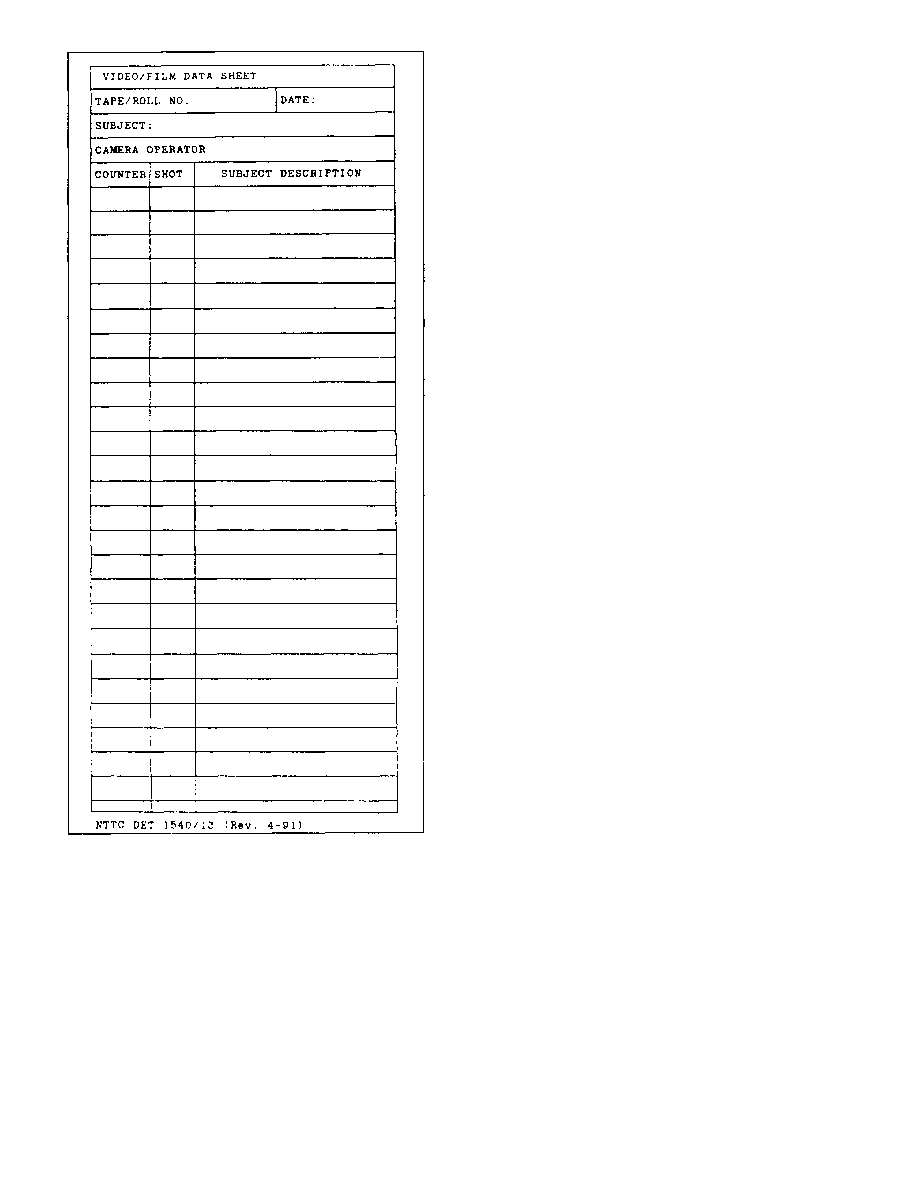
DOFMaster
for Windows
On-line
Depth of Field
Calculator
DOFMaster for Mobile Devices
On-line
Depth of Field
Table
Hyperfocal
Distance Chart
Articles
FAQ
Recommended
Books
Support
Contact
Links
Home
for Windows
On-line
Depth of Field
Calculator
DOFMaster for Mobile Devices
On-line
Depth of Field
Table
Hyperfocal
Distance Chart
Articles
FAQ
Recommended
Books
Support
Contact
Links
Home
As an Amazon Associate I earn from qualifying purchases.
![]()
no scene numbers to slate for each scene; therefore, for
identification purposes, you slate only at the beginning
of each tape. If for some reason you cannot slate at the
beginning, tail slating applies.
your film becomes frustrated, if not completely lost,
when slates are not included. This is particularly true
when your scenes are not shot in the same order as the
script is written. The task of locating individual shots is
almost impossible unless each scene is slated when it is
originally filmed. You can understand now why you
must slate each scene when shooting from a script.
main value, however, is to the editor. Without data
sheets, the editor does not know the order in which the
scenes were shot. Notice how the slate and data sheets
work hand in hand. For a large project, the editor can
check the data sheets and find a particular tape or scene
easily. By screening just one videotape, the editor can
spot the scene by checking the slate images. Imagine
looking for a particular scene, at random, when it could
be anywhere in a dozen or more tapes. Many hours are
wasted when your data sheets are not properly prepared.
The data sheet also may prevent accidental use of the
wrong footage. If a scene was refilmed to correct an
CAPTION SHEETS
is known as tail slating. Record the slate upside down,
then rotate it right side up when tail slating. This shows
that a tail slate was used; otherwise, the viewer might
and Motion Media Records Center. The use of a visual
information caption sheet ensures that all necessary
caption information is available and standardized so it
can be entered into computer data bases at the records
center.
completed form provides the cover story for the motion
video product, it is important for you to provide accurate
Basic Photography Course

As an Amazon Associate I earn from qualifying purchases.
WWW.DOFMASTER.COM
© 2006 Don Fleming. All rights reserved.
© 2006 Don Fleming. All rights reserved.